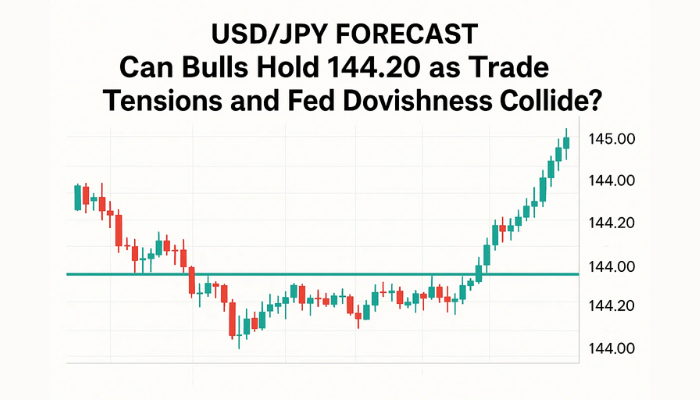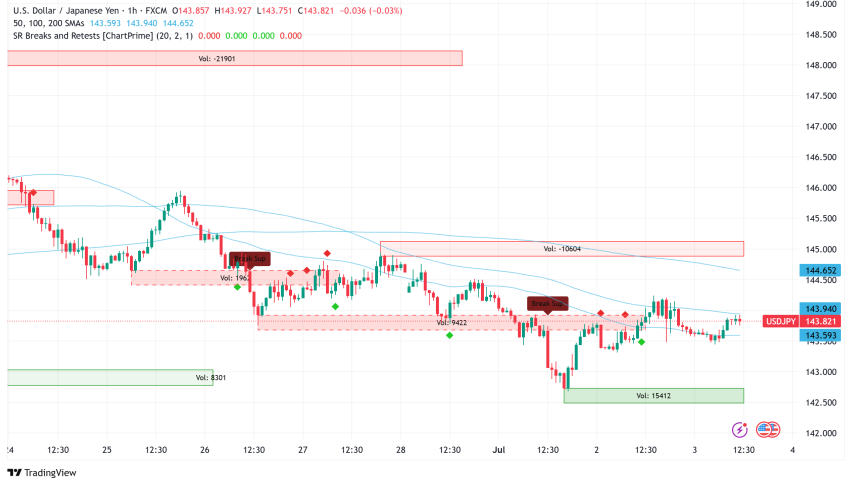USD/JPY Jumps 450 Pips From 140 Lows After the Earthquake
The USD has made a comeback early this year, however it is still too early to tell. The Japanese yen is the major loser, with USD/JPY surgin
The USD has made a comeback early this year, however it is still too early to tell. The Japanese yen is the major loser, with USD/JPY surging from 140.30 to 144.80, aided by higher Treasury rates and speculation that the BOJ might not make an early policy shift this month.
After the recent earthquake in Japan, Japanese banks appear to be supporting this by claiming that the BOJ’s already impossible goal of performing an early policy pivot has now become much more impossible. Nomura Holdings weighs in, stating that the earthquake may postpone the BOJ’s intentions to exit zero rates in January, however this is dependent on the degree of the economic damage caused by the catastrophe. More bank opinions below:
“Although there must be quite a few foreign investors who have been anticipating the end of negative rates in January, under these circumstances, the BOJ will almost certainly not move this month. Should negative rates not be lifted in January, ending it in the first half of 2024 will also become doubtful.” — Mizuho Bank
“The January move seems even more impossible. The earthquake is likely to depress production activity while the government may have to set up a supplementary budget for recovery measures.” — Daiwa Securities, also revising forecast for exit from negative rates to April from January previously
“Any lingering expectation for an end to negative rates in January is completely shattered.” — SMBC Nikko Securities
Morgan Stanley has also altered its call for the BOJ to change its rate decision this month and now expects the, to keep policy unchanged once again, with the exit from negative rates to be delayed until April or later.
USD/JPY Live Chart
- Check out our free forex signals
- Follow the top economic events on FX Leaders economic calendar
- Trade better, discover more Forex Trading Strategies
- Open a FREE Trading Account


